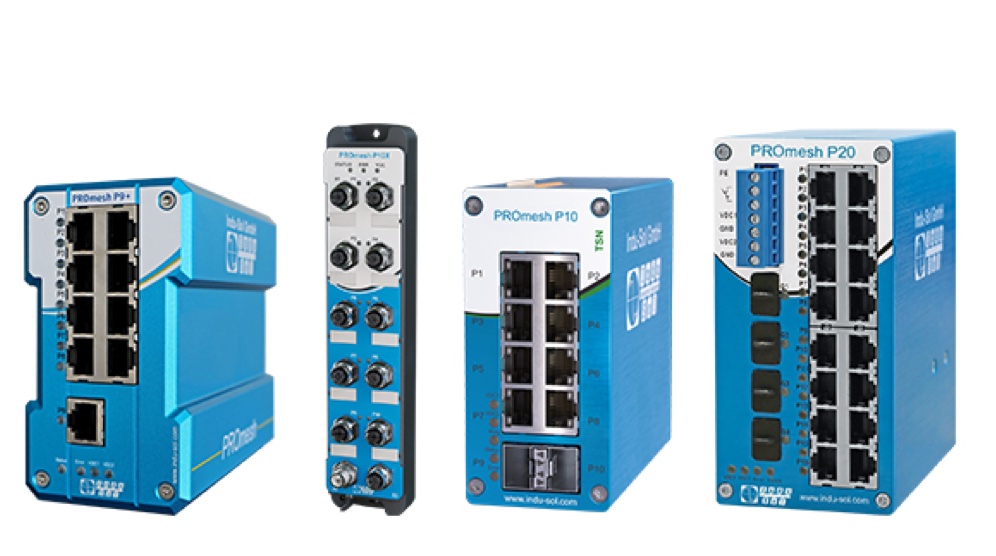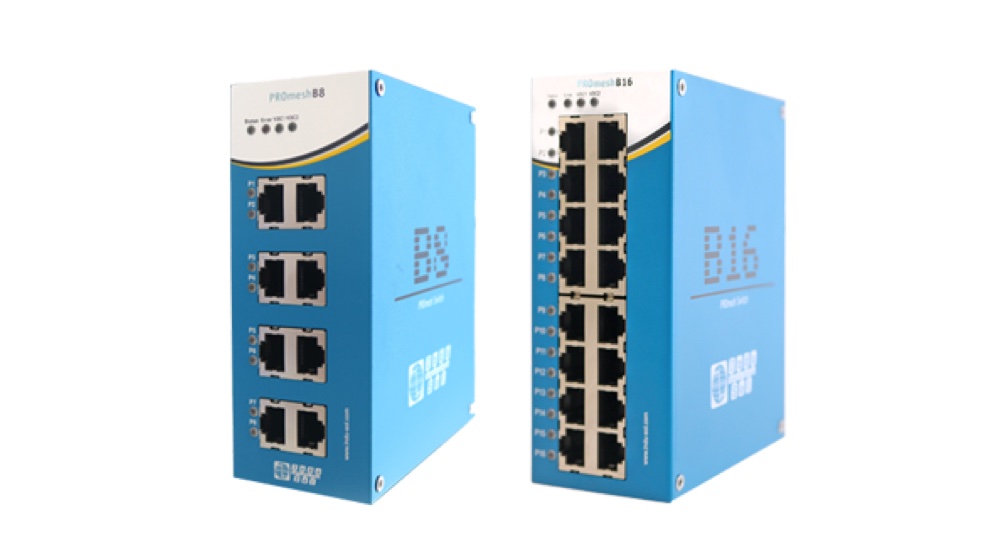Network Switches
At Lindh Automation, we understand the importance of robust and reliable network solutions. Our network switches are designed to meet and exceed the unique requirements of your business, whether it’s industrial applications, office environments, or data centers. Our range of network switches can transform your network and drive your business forward. Choose Lindh Automation for a connection that takes you further.
PROmesh P-Series
Condition monitoring and network diagnosis
PROmesh B-Series
High-performance network communication
How a Network Switch Works
A network switch functions as a central hub in a network, connecting various devices such as computers, servers, and printers within the same network. By using MAC addresses to identify each device’s network interface, the switch can effectively route incoming data to the correct recipient. This minimizes collisions and optimizes network performance. Switches can be either managed, unmanaged, or smart, offering different levels of configuration options and network management depending on the application.
Features and Benefits
- Traffic Management: Switches can analyze incoming packets and determine their destination to forward them to the correct port, reducing unnecessary traffic and increasing network efficiency.
- Segmentation: Enables the creation of VLANs (Virtual Local Area Networks) to separate network traffic and improve security and performance by reducing the size of collision domains.
- Quality of Service (QoS): Prioritizes traffic to ensure that critical applications, such as VoIP (Voice over IP) and streaming, receive the bandwidth they need to function smoothly.
- Security: Includes features such as access control lists (ACLs) and port-based security to protect the network from unauthorized access and attacks.
Power over Ethernet (PoE)
PoE technology is essential for simplifying the installation of network devices by providing power and data transmission over the same cable. This is particularly useful for devices such as IP cameras and wireless access points, eliminating the need for separate power sources.
Managed Switch vs. Unmanaged Switch
Managed Switch: Provides advanced configuration options and is ideal for complex networks where fine-tuning network performance is necessary.
Unmanaged Switch: Is a plug-and-play solution suitable for simpler networks where no configuration is required.
Router and Fiber
A router connects different networks, such as a LAN to the internet, and controls traffic based on IP addresses and should not be confused with network switches.
Fiber optics in network switches enable fast and secure data transmission over long distances, free from electromagnetic interference, which is crucial for data-intensive environments and applications.
What Industrial Switches Require
For industrial applications, network switches must be designed to handle the unique challenges of these environments, such as extreme temperatures, vibrations, and electromagnetic interference. They must also support industrial communication protocols like Profinet and Profibus, enabling integration and communication between different devices and systems within production environments. Additionally, security and reliability are crucial features, with QoS and VLAN support to ensure optimal performance and protection against unauthorized access.
By prioritizing innovation and technical excellence, we ensure that our customers can build reliable networks that support their business today and in the future. Contact us at Lindh Automation to learn more about our products and how we can help you meet your networking needs.


